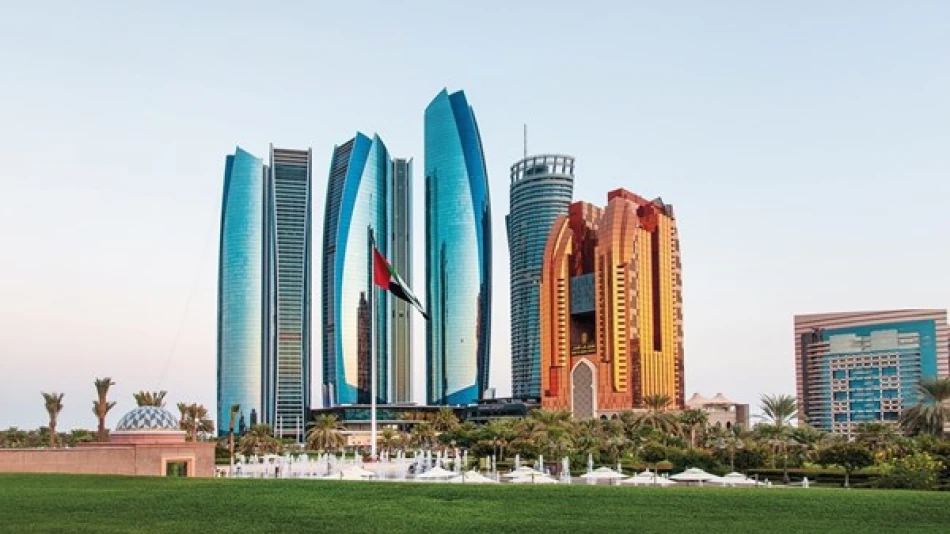
Forecast Reveals Upcoming Weather Conditions Across the UAE
UAE Faces Another Scorching Day as Temperatures Soar to 43°C Amid Regional Climate Pressures
The United Arab Emirates is bracing for another day of extreme heat, with temperatures expected to reach 43°C (109°F) in several inland areas, as the National Center of Meteorology forecasts clear to partly cloudy skies with elevated humidity levels along coastal regions. The weather pattern reflects the intensifying summer conditions that have become increasingly challenging for the Gulf region's infrastructure and energy demands.
Temperature Extremes Highlight Regional Climate Trends
Abu Dhabi, Al Ain, and Liwa are expected to bear the brunt of the heat wave, with maximum temperatures hitting 43°C, while coastal areas like Dubai and Fujairah will see relatively milder conditions at 38°C and 37°C respectively. The temperature differential between inland desert areas and coastal zones demonstrates the UAE's diverse microclimates within its compact geography.
Humidity levels will vary dramatically across the emirates, with coastal areas like Dubai and Fujairah experiencing up to 80% humidity, creating oppressive conditions that make the actual temperature feel significantly higher. This combination of heat and humidity places additional strain on the country's electrical grid as air conditioning demand peaks.
Wind Patterns Offer Limited Relief
Light to moderate southwesterly to northwesterly winds, ranging from 10-25 km/h and occasionally reaching 35 km/h during daytime hours, will provide minimal cooling effect. These wind patterns are typical for the region during summer months but insufficient to significantly impact the overall heat burden.
Both the Arabian Gulf and Sea of Oman will experience light wave conditions, with detailed tidal schedules indicating normal maritime operations can continue unimpeded.
Economic and Infrastructure Implications
Such extreme weather conditions underscore the UAE's ongoing challenge of balancing rapid economic growth with climate resilience. The country's ambitious Vision 2071 aims to make the UAE the world's best country by its centennial, but achieving this goal increasingly depends on adapting to rising temperatures and more frequent extreme weather events.
The energy sector faces particular pressure during these peak temperature days, as electricity consumption for cooling can increase by 30-40% compared to milder periods. This surge in demand tests the resilience of the national grid and highlights the importance of the UAE's investments in renewable energy sources, including the world's largest single-site solar park in Dubai.
Regional Context and Adaptation Strategies
The UAE's weather patterns mirror broader regional trends across the Gulf Cooperation Council countries, where summer temperatures have been steadily rising over the past decade. Unlike some neighboring countries that have struggled with power outages during peak summer months, the UAE's robust infrastructure investments have generally maintained grid stability.
The government's focus on climate adaptation, including cloud seeding programs and urban planning initiatives designed to reduce heat island effects, represents a proactive approach that other regional economies are beginning to emulate. However, days like tomorrow serve as reminders of the ongoing challenge posed by the region's increasingly extreme climate conditions.
 Layla Al Mansoori
Layla Al Mansoori







